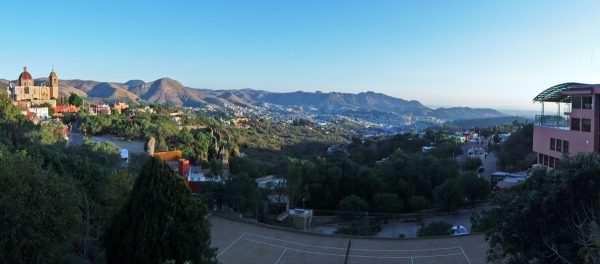
February 12 – 20, 2019.
Mexico has a fascination with the dead. I was already familiar with the Day of the Dead celebrations in Mexico and the souvenir ceramic figurines of skeletons doing various jobs and dressed in different costumes you can buy in border towns. It was a delight to learn about the skeletal Katrina figurine and find out there was a whole town dedicated to making some of the most beautiful ones. The ubiquitousness of roadside memorials to those suddenly departed was a bit of a surprise – especially the permanent and elaborate ones that you can walk into and could easily accommodate a hip tiny house couple. But what I’ve really found interesting is all the skeletons in archeological museums.
We have been to lots of archeological sites in the US and a few of them have had museums and I can remember pottery and tools and reconstructions of living areas and information about day to day life of the first peoples to populate this continent, but I just can’t remember anything about them being dead. But every museum I have been in Mexico has a display of how people were buried – skeletons side by side, in fetal positions, with their prized possessions, with their poor skeleton dog. There are displays you walk over, some you have to walk down into, and some you have to lean over one person at a time to catch a quick glimpse of some bony corpse. I don’t know if the bones are real, but the displays are presented as authentic representations of how they were actually found.
And then there is Guanajuato. This city has taken this macabre fascination with death to another level. From what I understand way back in 1865 the city decided to tax mausoleums. When citizens didn’t pay the tax, the cemetery simply disinterred their loved ones – upon which they discovered that the corpses had not decomposed as expected but had become mummified. These poor souls frozen in time would eventually populate the Museo de Momias – a bizarre and somewhat unsettling display for which Guanajuato may be best known.
Of course, when we visited the museum I paid the extra 30 pesos to be able to take pictures, yet realized almost immediately as I was snapping away that they might be a bit too disquieting to publish on the blog — so I have created a special link for those curious souls whose interest may be piqued. Click here for pics of Las Momias!
Besides the mummies, Guanajuato is a treasure – to see and learn about the less gruesome side of this fascinating city keep scrolling for more pics.
* Click pics to enlarge and/or view in a slideshow.
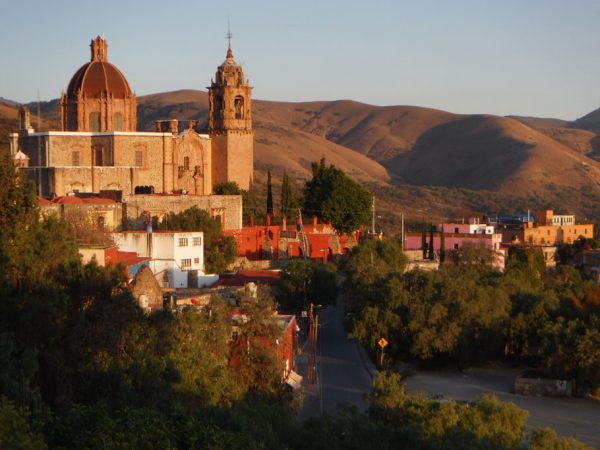
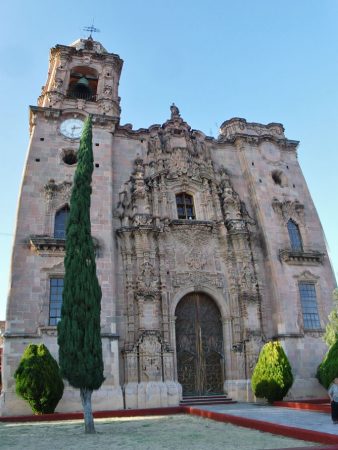

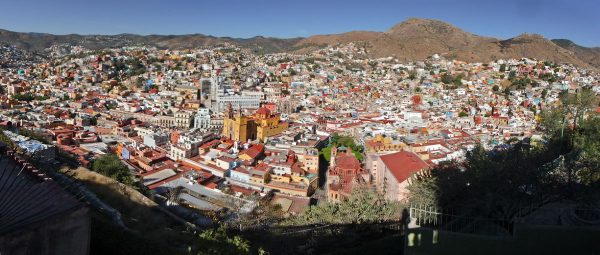
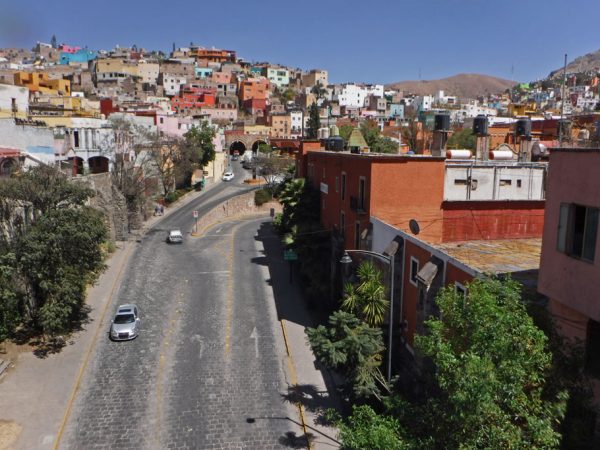
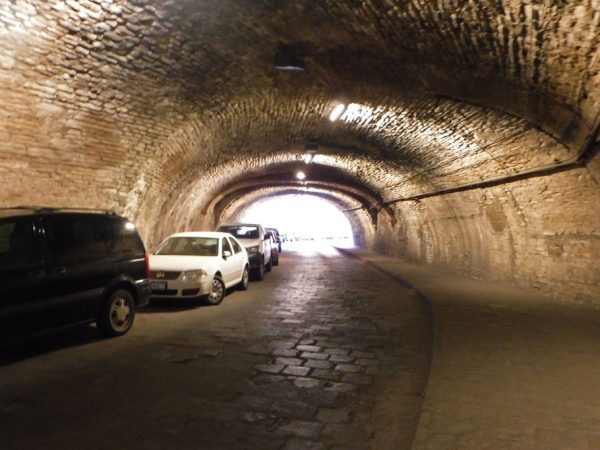
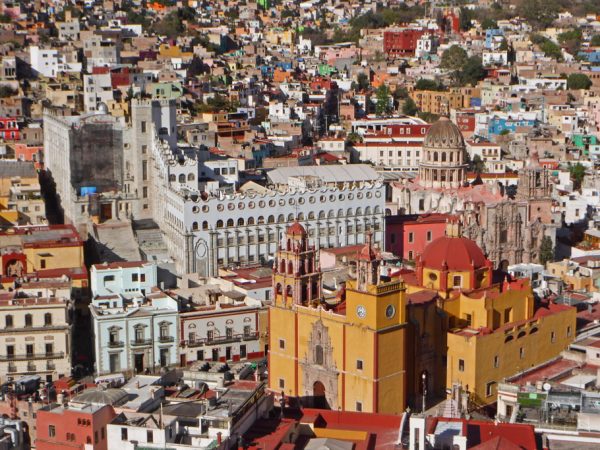
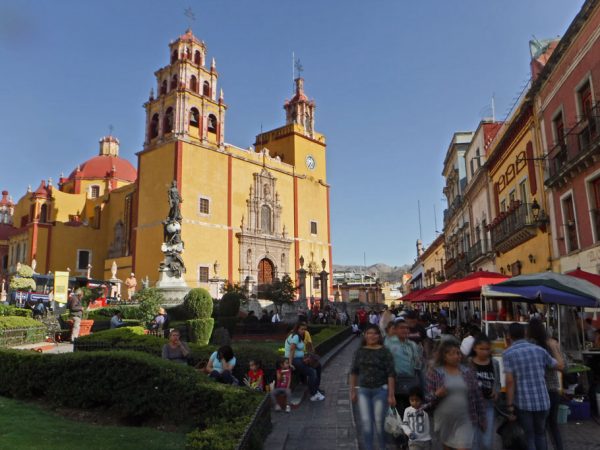
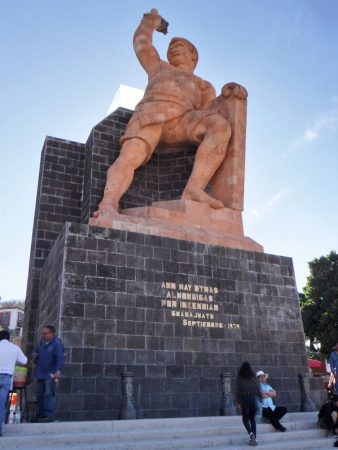
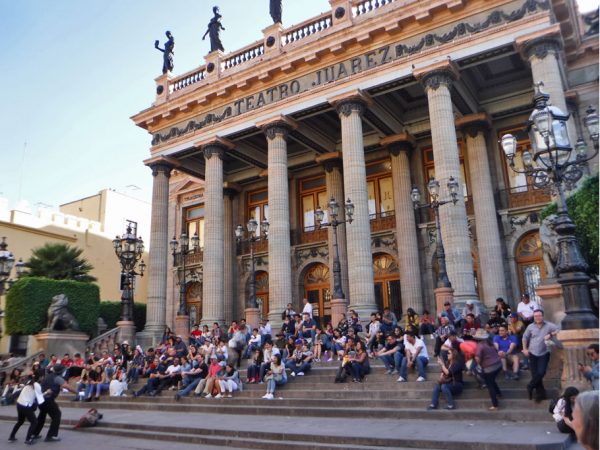
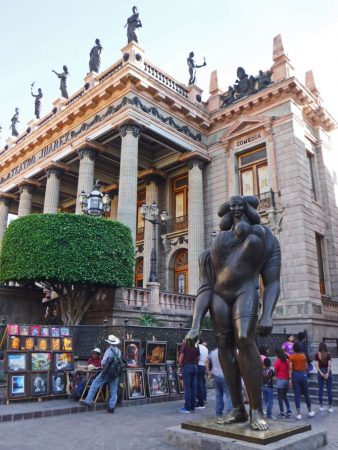
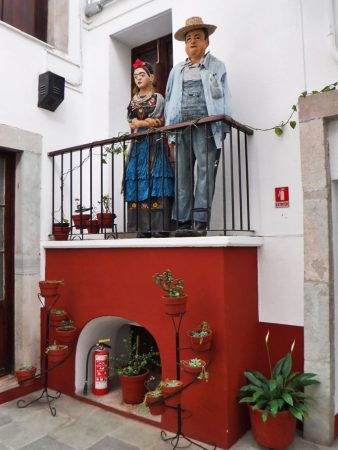
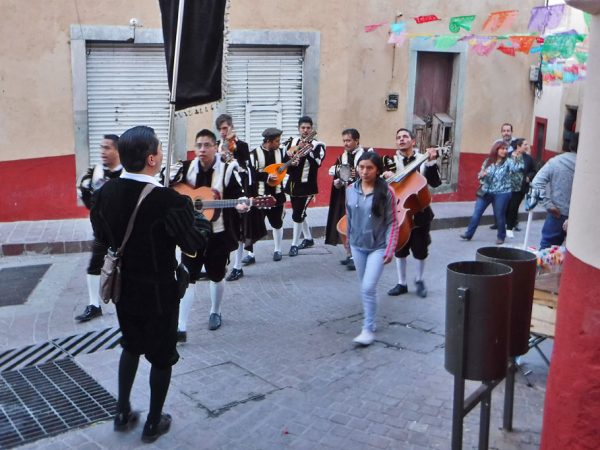
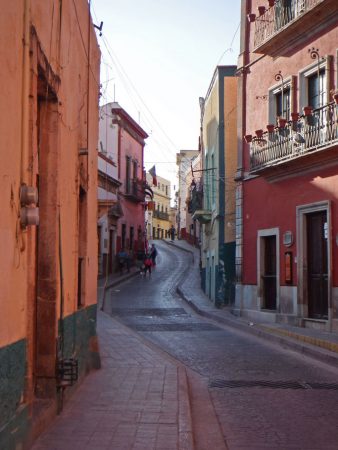
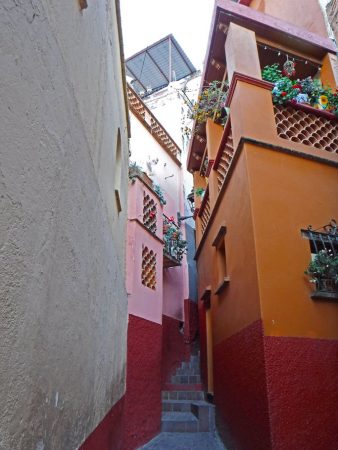
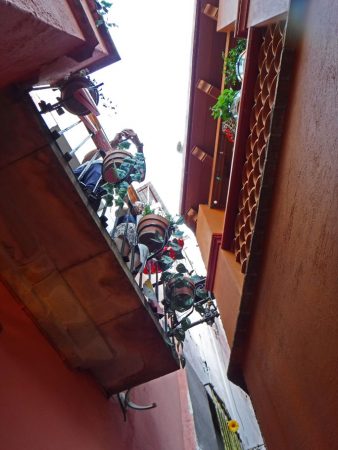
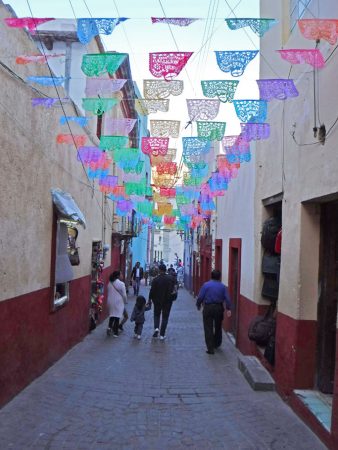

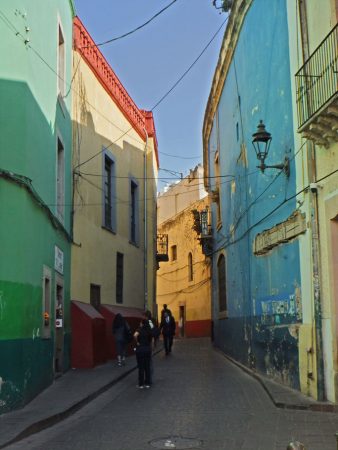
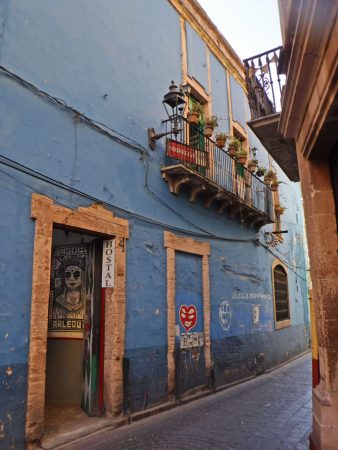

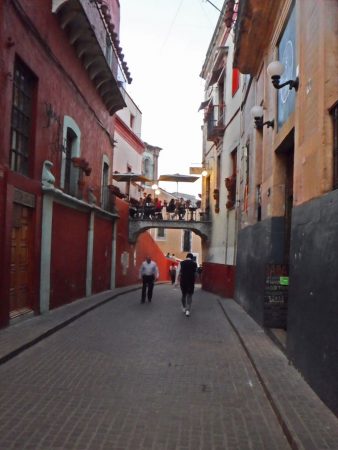

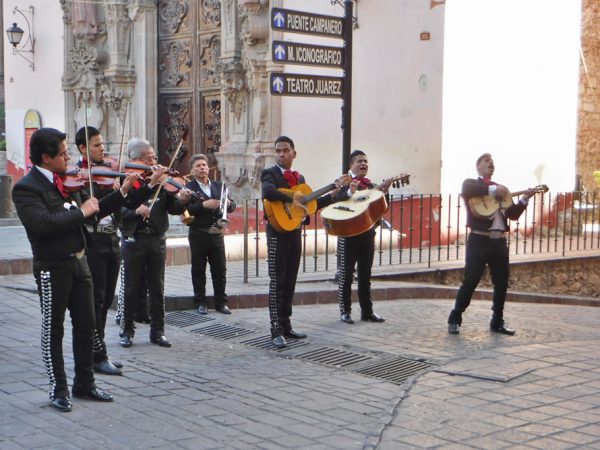
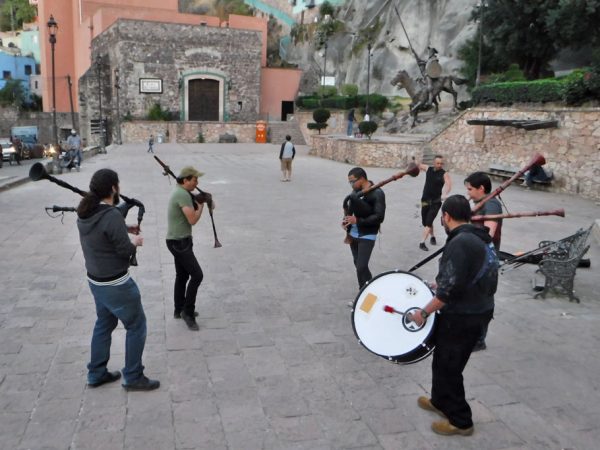
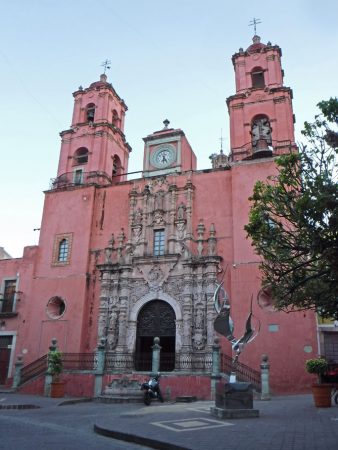
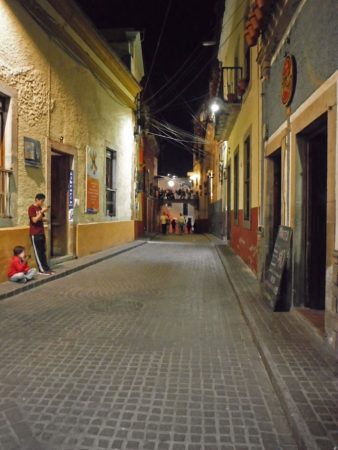
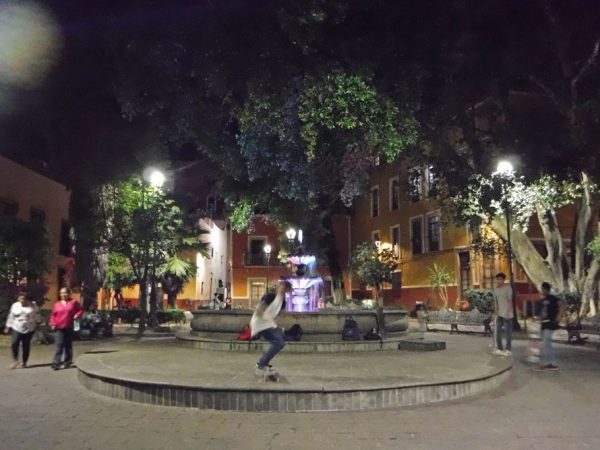
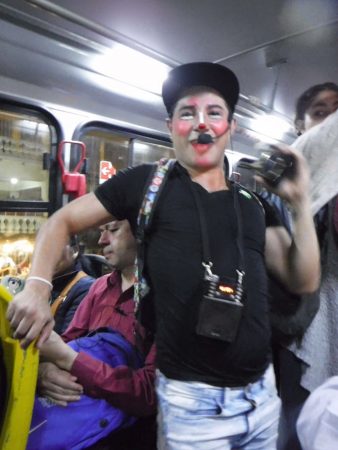

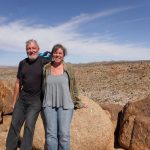


Loved reading this post and seeing all the colorful pics. The restaurant with seats on the bridge was close to our school, so we had several lunches there. Let us know when you come back!!!
Thanks! It was great seeing you guys. Will definitely let you know when we have plans to travel in Mexico again.
Guanajuato was one of our favorite cities when we RV’d in Mexico thirteen years ago. Most of your photos look quite familiar, especially the ones from above the city. What an amazing lookout point that is! And, the colors of the city, its architecture, its vibe, and that mummy museum… It’s all bringing back fond (and lurid) memories! Your photos really do this city justice and transports me back in time and over the border!
Thanks! I first planned to go to Guanajuato a lifetime – some 27 years ago. Glad I finally made it. It was definitely one of the highlights!
I checked out the mummy pictures – awesomely creepy! Smart to have put them on a separate page. Loved that there was a bagpipe band in Mexico 🙂
Guanajuato was amazing all around. Glad I got to see the mummies – but I was pretty sure not everyone would want to see them.
Wow, Guanajuato. I had to use google maps to find you. What a town, looks a lot more turista friendly than Mexico City.
Guanajuato is very tourist friendly. And they have great fun there!